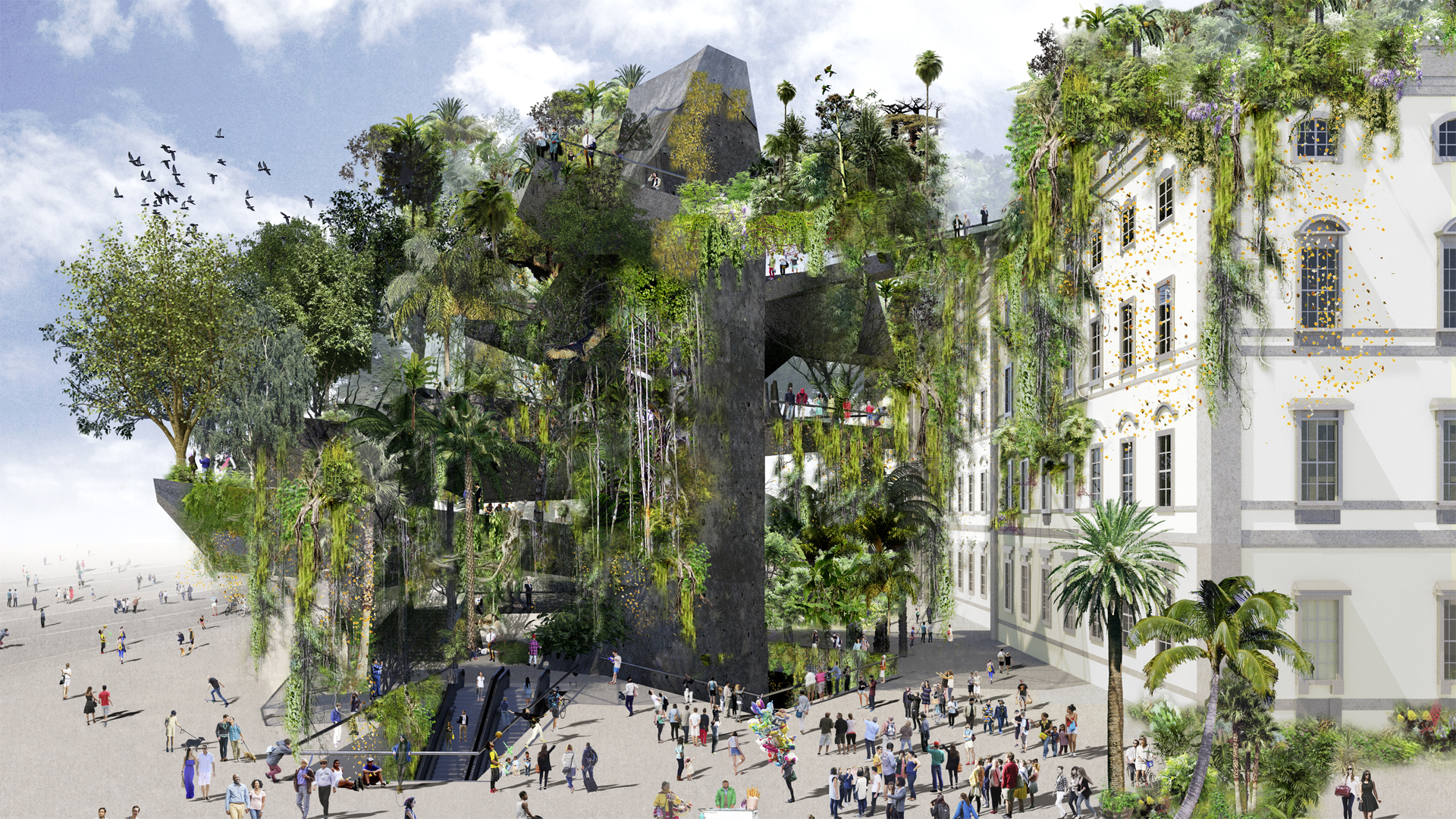In the chapter “International Developments; The Schlossplatz and the Museum Island in Berlin” Humboldt Volcano is mentioned as the example of the rethinking of the Humboldt Forum.
Publication The Vienna Hofburg since 1918 @ Institute of Art and Music Historical Research, Austrian Academy of Sciences, Vienna, Austria, 1 October 2018
Even after the end of its function as a residence, the Vienna Hofburg, with its buildings, squares and parks, remained the scene of political and cultural shifts in this country. With the “Vienna Hofburg since 1918” by art historian Maria Welzig, the fifth and last volume of the first complete scientific presentation of the area has now been published. This volume deals with the history of construction, use and culture of the former imperial seat, which has now a century of republican history with totalitarian episodes as well as with the establishment of a cultural center of the present in the former royal stables that moved on to be the country’s central art field in the 21 Century.
After the end of the monarchy, there was uncertainty regarding the future of the Hofburg. There were proposals to turn it into a people’s hall, tearing down the fences around the parks, and as early as 1919, there was the idea of installing a cultural and artistic center of the present in the court stables, today’s Museumsquartier. “Many plans and uses are little known,” said the art historian and editor of the last volume of the major project of the Austrian Academy of Sciences (ÖAW), Maria Welzig, in an interview with the APA. “The architect Margarete Schütte-Lihotzky had her office in the Hofburg,” Welzig called an example of the various small uses during the First Republic.
The “Ständestaat” and the National Socialists drew on the imperial heritage for propagandistic purposes and to legitimize their power. They set up, if only temporarily, “a sort of second wing” on Heroes’ Square for a propaganda exhibition. Such was already planned at the time of Emperor Franz Joseph for the only partially realized Imperial Forum. “The Nazis knew exactly what they were doing. Noteworthy is the sophisticated strategy” the art historian pointed out “how important it is for dictatorial regimes to hijack history, so to speak”.
related PROJECTS
related PRESS
